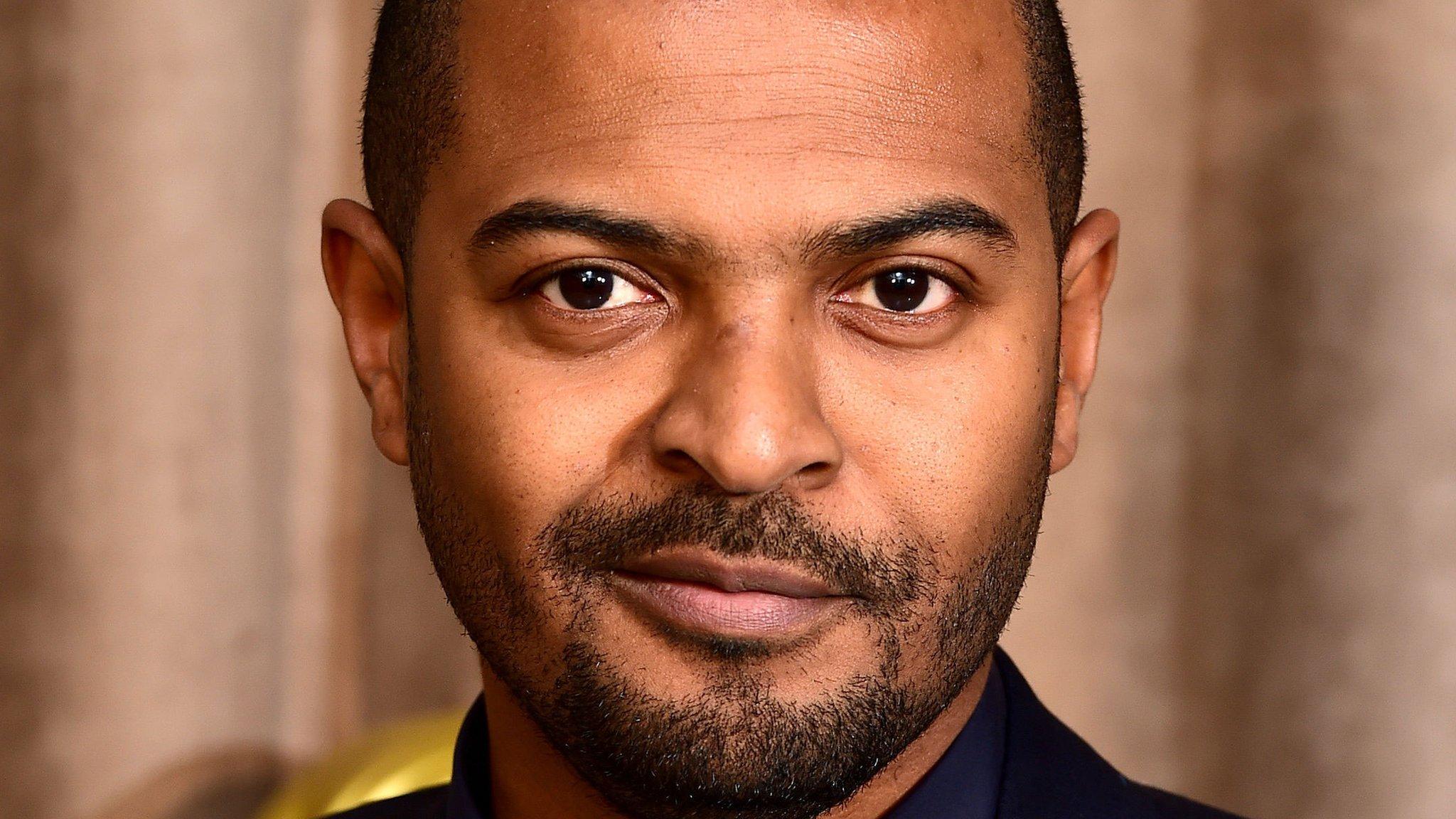Female film casting same as 100 years ago
- Published
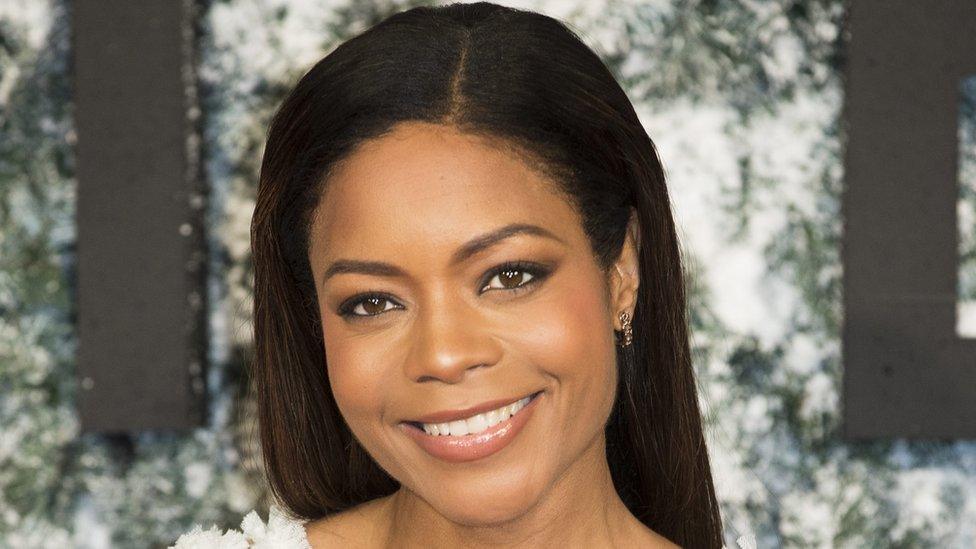
Naomie Harris became the first black actress to play Miss Moneypenny
The percentage of women being cast in UK films has barely changed in more than 100 years, data released by the British Film Institute (BFI) shows.
In 1913, 26% of the cast in 53 films was female and of the 74 films made so far in 2017, the percentage is 28%.
However, the percentage of women crew members went up from 3% to 33% over the same period of time.
The BFI Filmography, external also shows that 59% of films made in the last 10 years had no black actors in lead or named roles.
While the number of leading female characters is roughly the same today as in 1913, the figure has dropped in between.
In the 1930s, only 24% of cast members were female and the figure stayed between 25% and 27% until the 1990s, when it rose to 29%.

Andrea Arnold has directed several films, including last year's American Honey
The filmography has been launched by the BFI as "the world's first complete and accurate living record of UK cinema", enabling anyone to research British film history for free.
It is taking a detailed look at gender to try to obtain a better understanding of representation in front of and behind the camera.
While a third of crew members were female last year, that figure was still below the UK workforce average.
Overall, less than 1% of crews contained a majority of female members (23 out of more than 10,000) and only 4.5% of films are directed by women.
Dr Vicky Ball, a lecturer in cinema and television history at De Montfort University, told the BBC: "Jobs in the film industry have been gendered. Technical jobs have been aligned with masculinity. The predominant role for women was in administration and costume design.
"It's always good to have a diversity of voices, otherwise whose values are being represented?"

Film facts in numbers
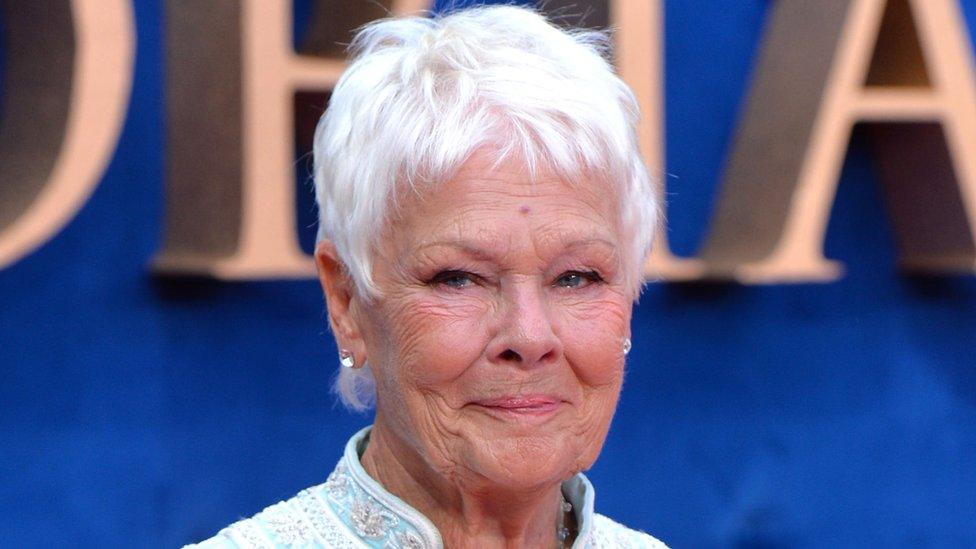
The most featured characters in UK films are Queen Victoria and James Bond (25 each), followed by Sherlock Holmes (24)
Nearly four times as many comedy films (2,347) have been made than romances (625)
There have been more films made with Europe as a subject (527) than Great Britain (431)
The most prolific currently working male actor is Michael Caine (70 films) while Dame Judi Dench is the most prolific female (41)
Wally Patch was the male actor who appeared in most films (195 between 1927 to 1968) and Marianne Stone made the most female appearances (162 between 1948 to 1985)
Lewis Gilbert, whose credits include James Bond, is the most prolific living director (33 films), followed by Ken Loach (27)

Dr Ball said a change in the law helped increase the number of women involved in the television industry 30 years ago.
"The passing of the Anti-Discrimination Act in 1975 and subsequent waves of legislation, coupled with the liberalising social movements of the 60s and 70s, have opened up opportunities for some women in film, TV and beyond.
"While there has been increased visibility of high-profile writers and directors such as Andrea Arnold and Sally Wainwright, such figures still remain the exception to the rule.
Renee Glynne is, at 91, the most credited script supervisor in British cinema history
Dame Angela Lansbury agreed that television had given women more opportunities than film.
She said the situation was "unfortunate" but hoped she helped pave the way for other women after playing detective Jessica Fletcher in 12 series of Murder, She Wrote.
The programme, which started in 1984, spanned 12 series, and Dame Angela said: "The fact that it was so successful proves that more productions with women heading up the list really would be very welcome,
"Murder, She Wrote was all about a woman who was doing a man's job as a detective and solver of crime."

What's your favourite film genre?
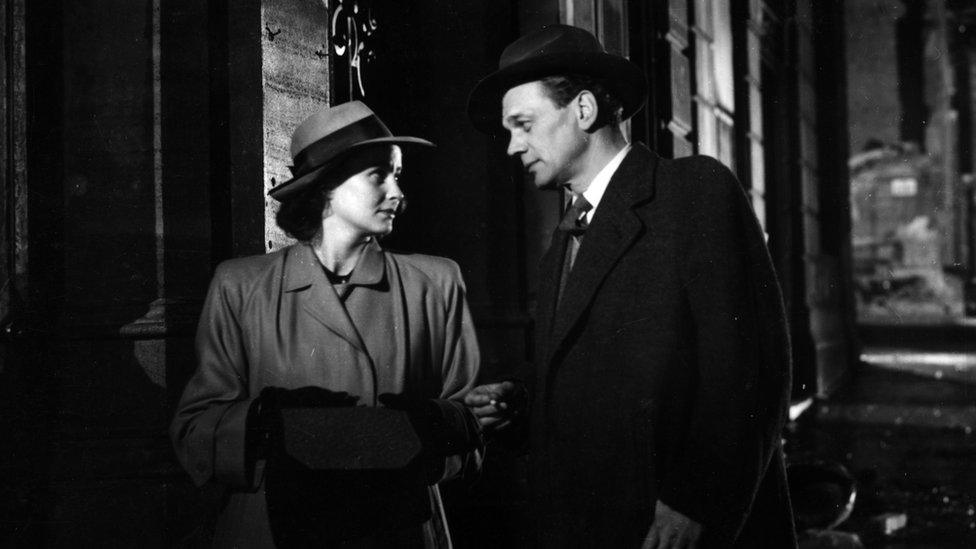
Alida Valli and Joseph Cotton starred in 1949 British drama The Third Man
There are 130 genres covered in the Filmography - but which have been made most in the UK over the years?
Drama (3,719 films)
Comedy (2,347)
Crime (1,495)
Thriller (732)
Romance (625)
War (505)
Horror (464)
Musical (433)
Action & Adventure (320)
Documentary (318)

British film-making is currently undergoing a revival with 232 films released in 2015 - the largest annual number since the 1930s.
That decade was the most prolific in UK cinema history with 1,544 films released, but the current decade could beat it with 1,269 brought out already.
The figures have gone up every decade since the UK industry's nadir of the 1980s when only 468 films were made in this country.

Follow us on Facebook, external, on Twitter @BBCNewsEnts, external, or on Instagram at bbcnewsents, external. If you have a story suggestion email entertainment.news@bbc.co.uk.
- Published23 February 2017
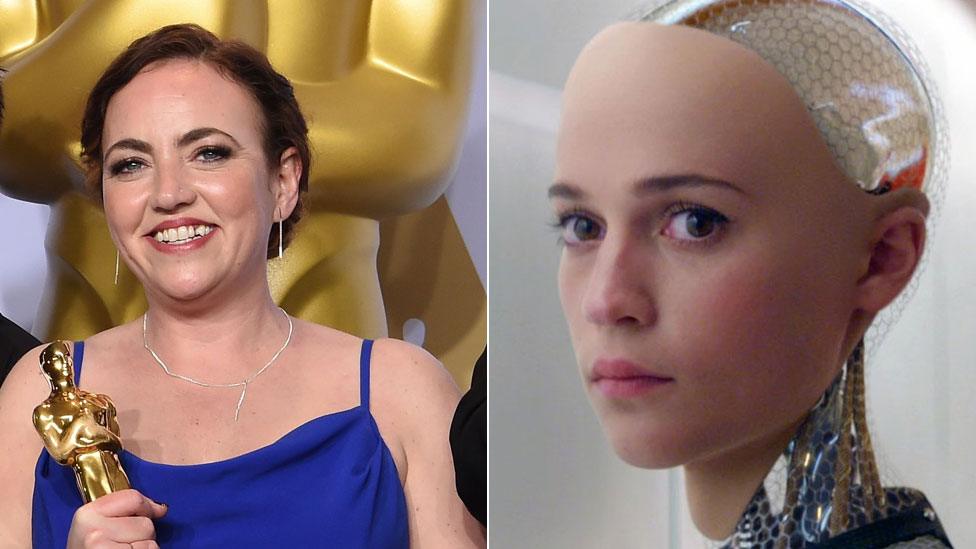
- Published7 October 2016

- Published6 October 2016
